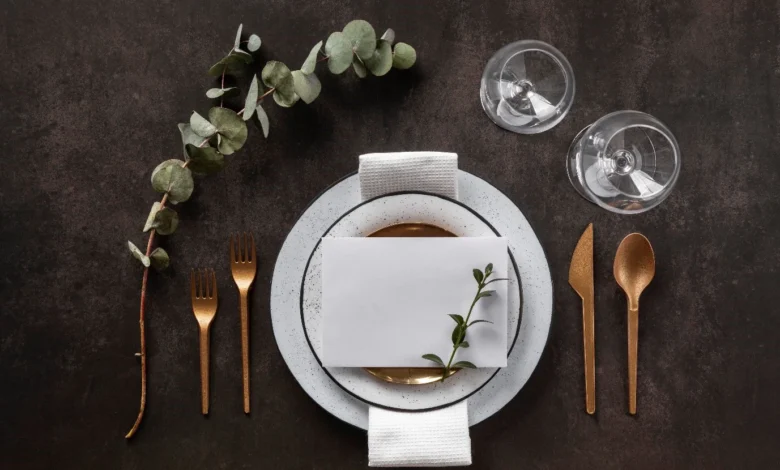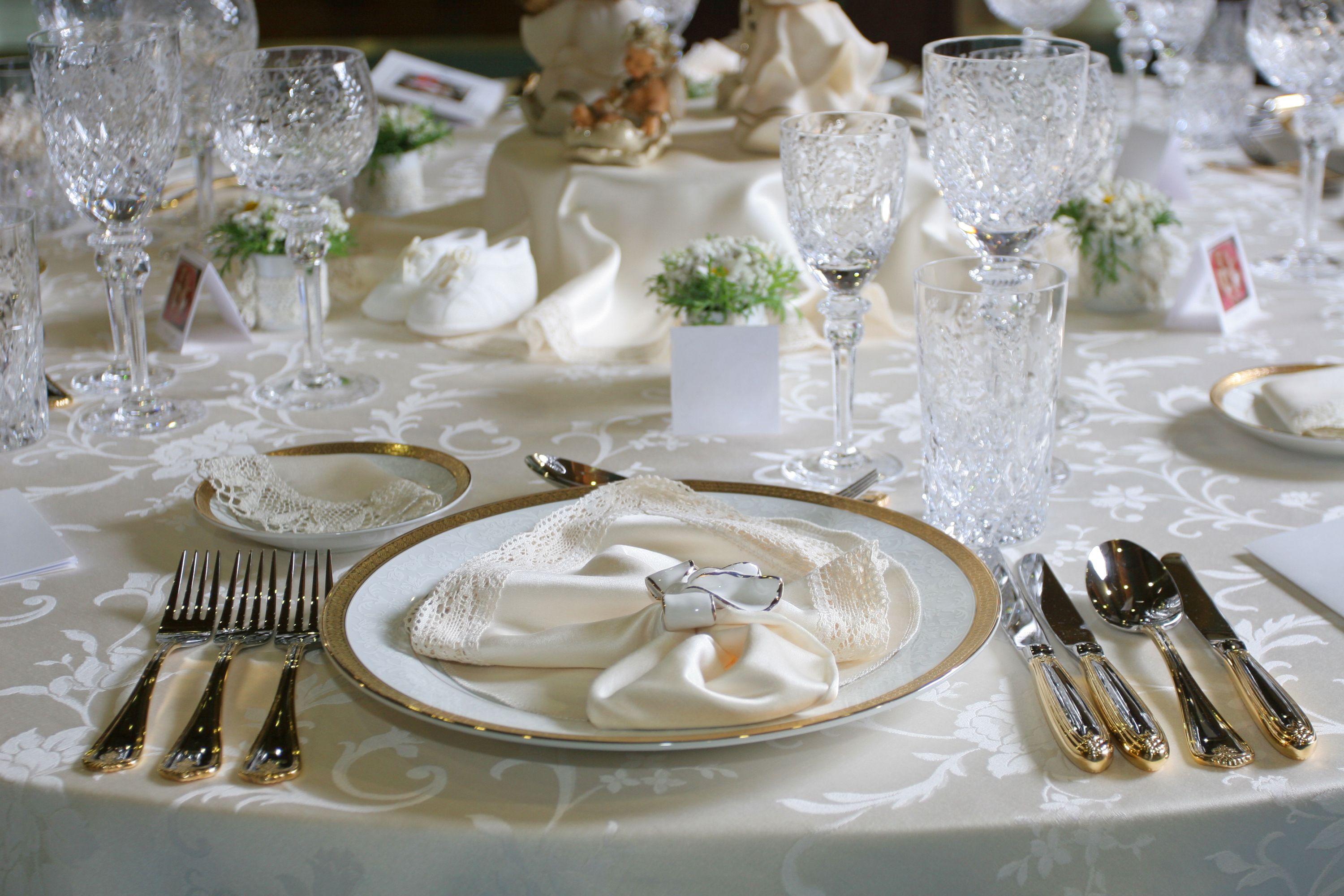Table Manner: The Art of Dining Gracefully

Introduction to Table Manners
Table manners may sound like something old-fashioned, but in reality, they remain one of the most important aspects of social etiquette. Whether you are dining with family, having a business lunch, or attending a formal event, the way you conduct yourself at the table speaks volumes about your personality and upbringing. Good table manners reflect respect—not only for yourself but also for the people you are sharing a meal with.
Think about it: meals are not just about eating; they are about connection, conversation, and building relationships. Imagine sitting at a fancy dinner where someone is chewing loudly or reaching over your plate without asking—it’s instantly uncomfortable. That’s why table manners exist, to create harmony and make dining a pleasant experience for everyone.
In today’s fast-paced world, where eating often happens on the go, many people overlook proper etiquette. However, mastering table manners can make a huge difference, especially in professional or formal situations. It shows that you are mindful, respectful, and adaptable—qualities that are appreciated universally.
The History and Importance of Table Manners

Table manners have been around for centuries. In medieval Europe, for example, people ate with their hands, but even then, certain rules were followed. Guests were expected to wash before eating, avoid speaking with food in their mouths, and never wipe greasy fingers on the tablecloth. Over time, as utensils became more common, the rules of dining evolved into what we recognize today as proper table manners.
The importance of these practices goes beyond looking “polite.” Good table manners symbolize discipline and social awareness. They create an environment where everyone feels respected and comfortable. Picture yourself at a business dinner: slouching in your seat, speaking with your mouth full, or interrupting others would leave a poor impression, possibly even affecting professional relationships. On the other hand, sitting up straight, engaging in polite conversation, and showing respect for dining customs can make you stand out positively.
Furthermore, table manners bridge cultural gaps. Different countries have unique dining customs, and being aware of them shows cultural sensitivity. For instance, in Japan, slurping noodles is considered a compliment to the chef, while in Western cultures, slurping is frowned upon. Understanding these differences demonstrates respect and adaptability, two traits that can open doors in international settings.
Basic Rules of Table Manners Everyone Should Know
When it comes to table manners, there are some universal rules that everyone should follow, regardless of where you are dining. These rules form the foundation of polite eating and are easy to practice once you make them a habit.
First, always sit upright at the table. Good posture shows attentiveness and respect. Avoid leaning too far forward or slumping in your chair, as it can come across as careless. Second, wait until everyone is served before starting to eat. This small gesture signals respect for others at the table. It’s about enjoying the meal together, not racing to finish your plate.
Another golden rule is to chew with your mouth closed and never speak while chewing. This might sound basic, but it’s often forgotten. Not only does talking with food in your mouth look unappealing, but it can also make others uncomfortable. Additionally, remember to pass items like salt, pepper, or bread rather than reaching across the table. Small acts of courtesy like these keep the dining experience smooth and pleasant for all.
The Proper Use of Utensils
One of the trickiest aspects of table manners, especially in formal settings, is the proper use of utensils. If you’ve ever looked at a formal dining table and felt overwhelmed by the number of forks, knives, and spoons, you’re not alone. But don’t worry—there’s a simple rule: work from the outside in. The outermost utensils are used first, typically for appetizers, while the inner ones are reserved for the main course and dessert.
For forks and knives, there are two common styles: the American style and the European (or Continental) style. In the American style, you switch the fork to your dominant hand after cutting, while in the European style, you keep the fork in your left hand throughout. Both are acceptable, but whichever style you choose, consistency is key.
Another important utensil rule is knowing when to rest and when to finish. Placing your fork and knife in an inverted V shape signals that you are still eating, while parallel placement on the plate indicates that you are finished. These silent signals are subtle yet effective ways of communicating with the waitstaff.
Do’s and Don’ts at the Dining Table
While table manners can vary across cultures, certain universal do’s and don’ts apply almost everywhere. Following these rules can save you from awkward situations.
Do’s:
- Do place your napkin on your lap as soon as you sit down.
- Do engage in light, positive conversation rather than controversial topics.
- Do thank the host or server for the meal and their service.
Don’ts:
- Don’t use your phone at the table. It’s not only distracting but also disrespectful to others present.
- Don’t reach across the table for food. Instead, politely ask for it to be passed.
- Don’t overindulge in alcohol during formal meals, as it can lead to inappropriate behavior.
These do’s and don’ts might seem small, but they go a long way in creating a comfortable and pleasant dining environment. They show that you value the effort put into the meal and respect the people around you.
Cultural Differences in Table Manners
One of the fascinating aspects of table manners is how they differ across cultures. What is considered polite in one country may be viewed as rude in another. Being aware of these differences not only prevents misunderstandings but also shows cultural intelligence.
For example, in China, it is common to share food from communal dishes, and leaving a little food on your plate can signify that you are satisfied. In contrast, in Western countries, clearing your plate is often seen as a sign of appreciation. Similarly, in India, eating with your hands is normal and even encouraged, but it must always be done with the right hand, as the left hand is considered unclean.
In Middle Eastern cultures, offering food and sharing is a huge part of hospitality, and refusing food might be seen as disrespectful. Meanwhile, in France, bread is placed directly on the table rather than on the plate, and cutting salad with a knife is considered improper. Learning these nuances can be incredibly helpful if you are traveling, working internationally, or attending multicultural events.
Why Table Manners Still Matter Today
In today’s digital age, one might wonder if table manners still hold the same value. After all, many meals happen in casual settings, fast food outlets, or even while scrolling on a phone. Yet, table manners remain relevant because they represent timeless values: respect, consideration, and self-awareness.
Good table manners can boost your personal and professional life. Imagine being invited to a corporate dinner or meeting potential in-laws for the first time. How you behave at the table could leave a lasting impression, sometimes even more than your words. Polished etiquette shows that you can handle yourself gracefully in any situation.
Moreover, table manners help create memorable dining experiences. When everyone at the table practices respect and politeness, the focus shifts from distractions to meaningful conversations and shared enjoyment. In a way, table manners are less about rules and more about fostering human connection, something we all crave in this fast-moving world.
Conclusion: The Power of Polite Dining
Table manners are more than just a set of outdated rules; they are a timeless art that enhances the dining experience for everyone. From posture and utensil use to cultural awareness, every small action contributes to an atmosphere of respect and harmony. Mastering these skills doesn’t take much effort but pays off in ways that go far beyond the dinner table.
In the end, practicing good table manners is not about perfection but about mindfulness. It’s about being aware of others, showing respect, and valuing the shared experience of dining together. Whether you’re at a casual family dinner or a five-star restaurant, carrying yourself with grace at the table will always set you apart.



